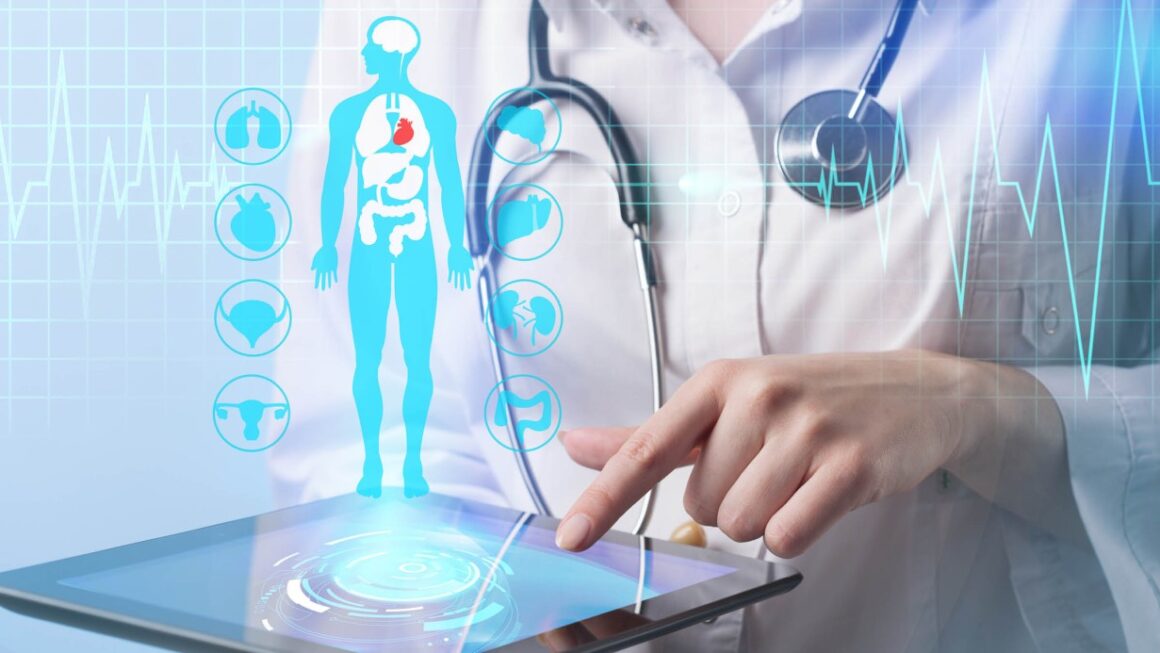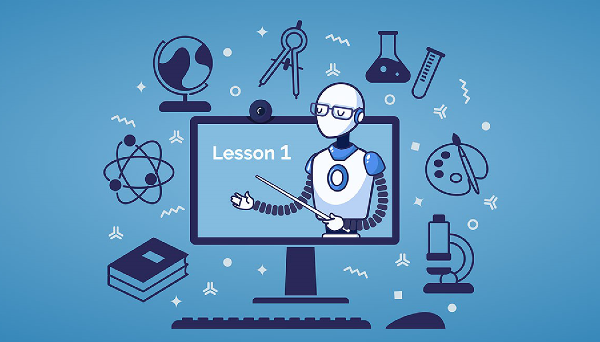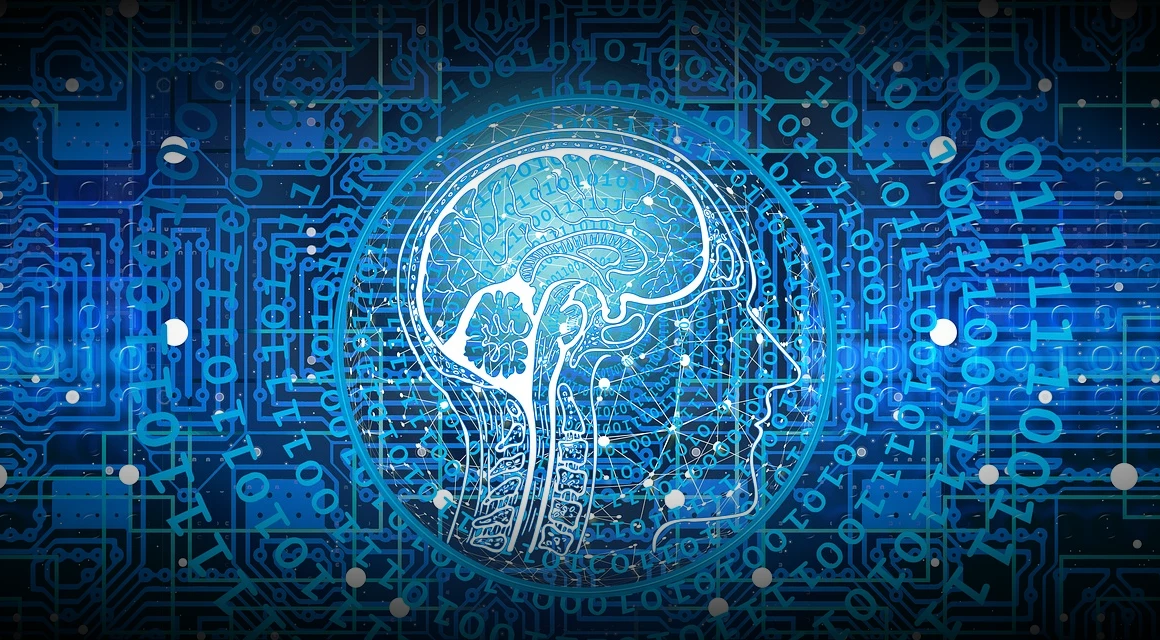The healthcare industry has been rapidly evolving, driven by the continuous advancement of emerging technologies. From artificial intelligence (AI) to telemedicine and blockchain, these innovations are revolutionizing how healthcare is delivered, improving patient outcomes, reducing costs, and enhancing the overall efficiency of healthcare systems. In this article, we explore how emerging technologies are poised to transform healthcare and shape the future of medical treatments, patient care, and disease prevention.
1. Artificial Intelligence (AI) and Machine Learning
Artificial intelligence (AI) and machine learning are two of the most influential technologies in healthcare today. AI can analyze vast amounts of medical data, including patient records, medical imaging, and genetic information, to identify patterns and make predictions with remarkable accuracy. Machine learning, a subset of AI, enables systems to learn from data and improve their predictions over time, allowing for increasingly precise diagnostics and treatment plans.
For example, AI is already being used to interpret medical images like X-rays, MRIs, and CT scans. AI algorithms can detect subtle anomalies that may be missed by human eyes, leading to earlier and more accurate diagnoses of conditions like cancer, heart disease, and neurological disorders. In addition, AI can predict disease progression, assist in drug discovery, and help doctors create personalized treatment plans tailored to individual patients’ needs.
As AI continues to evolve, its role in improving healthcare outcomes will grow, providing healthcare professionals with tools to make more informed decisions, reduce errors, and ultimately improve patient care.
2. Telemedicine and Remote Patient Monitoring
Telemedicine has experienced explosive growth in recent years, particularly in response to the COVID-19 pandemic. This technology enables patients to consult with healthcare providers remotely, using video calls, phone consultations, or messaging platforms. Telemedicine is especially beneficial for individuals in rural or underserved areas where access to healthcare facilities may be limited.
Beyond virtual consultations, remote patient monitoring (RPM) allows healthcare providers to monitor patients’ vital signs, medication adherence, and chronic conditions in real-time, often through wearable devices. RPM can help manage conditions like diabetes, hypertension, and asthma, allowing for timely interventions and reducing hospital visits.
As telemedicine becomes more integrated into healthcare systems, it has the potential to increase accessibility, reduce wait times, and improve the management of chronic diseases, all while lowering healthcare costs.
3. Wearable Health Devices and IoT
Wearable health devices, such as smartwatches, fitness trackers, and health-monitoring sensors, are empowering individuals to take control of their health. These devices can track vital signs like heart rate, blood oxygen levels, sleep patterns, and even detect irregularities like arrhythmias. The Internet of Things (IoT) connects these devices to healthcare networks, enabling the continuous collection and sharing of health data.
By providing real-time data to healthcare providers, wearable devices enable early detection of health issues, allowing for proactive treatment and better disease management. For example, wearable devices can alert healthcare providers when a patient’s blood pressure spikes, allowing for immediate intervention. In the future, IoT devices may help predict health events before they occur, preventing hospitalizations and improving overall patient outcomes.
These technologies also support more personalized care, as healthcare professionals can monitor patients’ progress over time, adjusting treatment plans as necessary based on the data provided by wearables.
4. Blockchain Technology for Health Data Security
As healthcare becomes more digital, the security and privacy of patient data are of paramount importance. Blockchain technology, which underpins cryptocurrencies like Bitcoin, offers a secure, transparent way to store and manage sensitive medical data. By creating a decentralized, immutable ledger of transactions, blockchain ensures that patient records are protected from unauthorized access and cyberattacks.
In healthcare, blockchain can be used to securely share medical records between hospitals, clinics, and other healthcare providers, improving coordination and continuity of care. It can also help in verifying the authenticity of pharmaceuticals, reducing the risk of counterfeit drugs entering the market.
As concerns over data privacy continue to rise, blockchain’s ability to enhance security and transparency will be critical in fostering trust in digital healthcare systems.
5. Robotics and Automation in Surgery
Robotic-assisted surgery has made significant strides in recent years, offering patients less invasive options with shorter recovery times and fewer complications. Surgeons can use robotic systems, such as the da Vinci Surgical System, to perform highly precise operations with smaller incisions and enhanced control.
Automation is also making its way into other aspects of healthcare, including administrative tasks. For example, robotic process automation (RPA) is being used to streamline repetitive administrative work, such as scheduling, billing, and medical record management. By automating these tasks, healthcare providers can reduce human error, improve efficiency, and focus more on patient care.
The future of robotics in healthcare will likely involve even more advanced systems that can perform complex surgeries autonomously or in collaboration with human surgeons, further improving surgical outcomes and patient recovery.
6. 3D Printing in Healthcare
3D printing, or additive manufacturing, is increasingly being used in healthcare to create customized medical devices, prosthetics, and even tissues and organs. With 3D printing, healthcare professionals can create personalized prosthetics that fit a patient’s unique anatomy, improving comfort and functionality. In addition, 3D printing is being explored for the creation of biocompatible tissues and organs, which could one day revolutionize organ transplantation.
Researchers are also using 3D printing to produce surgical tools and implants with a higher degree of precision, reducing the risk of complications during surgery. As 3D printing technology advances, it could lead to the production of custom-designed pharmaceuticals and vaccines, further personalizing treatments for individual patients.
7. Gene Editing and CRISPR Technology
Gene editing technologies, such as CRISPR-Cas9, are offering new possibilities for treating genetic diseases by allowing scientists to modify DNA at precise locations. This breakthrough has the potential to cure previously untreatable genetic disorders like cystic fibrosis, sickle cell anemia, and muscular dystrophy by correcting or replacing faulty genes.
In addition to treating genetic diseases, gene editing could also play a role in preventing illnesses by altering the genes responsible for certain conditions, potentially reducing the burden of inherited diseases. As CRISPR technology continues to evolve, it may also be used to create genetically modified organisms (GMOs) for medical purposes, such as creating personalized cancer treatments.
While ethical considerations surrounding gene editing remain, CRISPR’s potential to transform healthcare is immense, offering the possibility of targeted, curative treatments for a wide range of diseases.
8. Artificial Organs and Regenerative Medicine
Advancements in regenerative medicine and artificial organs are another exciting area in healthcare innovation. Scientists are working on developing bioengineered organs and tissues that can be used for transplants, reducing the reliance on donor organs. Using stem cells and biomaterials, researchers are creating functional organs in the lab that could one day be used to replace damaged or diseased organs.
For example, artificial kidneys, livers, and hearts are in the early stages of development, offering hope for patients on transplant waiting lists. Regenerative medicine, including stem cell therapies, is also being used to treat injuries and degenerative diseases by stimulating the body’s natural healing processes.
In the future, regenerative medicine and artificial organs could significantly improve the availability of transplants, reduce wait times, and offer life-saving treatments to patients with chronic diseases.
Conclusion
Emerging technologies are transforming healthcare by improving efficiency, enhancing patient care, and offering groundbreaking treatments for previously untreatable conditions. From AI and telemedicine to gene editing and 3D printing, these technologies are making healthcare more personalized, accessible, and affordable.
While challenges such as data security, ethical considerations, and the need for regulatory frameworks remain, the potential for emerging technologies to revolutionize healthcare is immense. As these innovations continue to evolve, the future of healthcare looks brighter than ever, promising better outcomes and a higher quality of life for patients worldwide.




